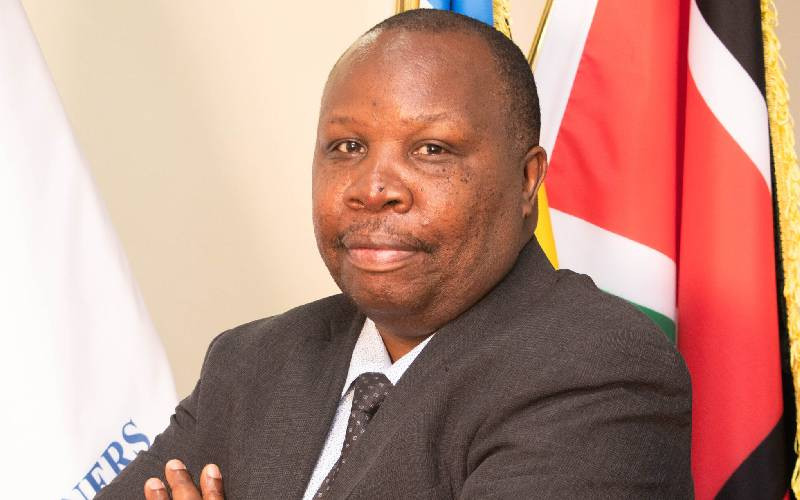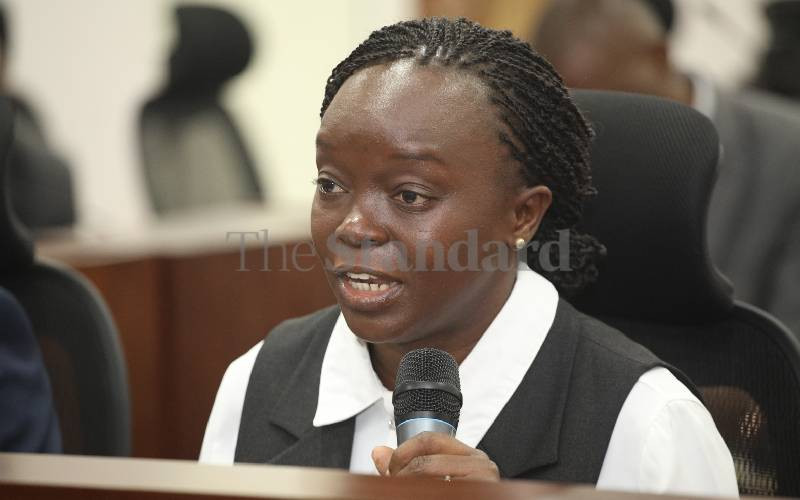
Glioblastoma, or brain cancer, is the most aggressive type of primary intracranial cancer, with overall survival of only 14 months or even much less. This type of cancer often begins as the growth of cells in the brain or spinal cord. It later spreads rapidly, destroying healthy cells in the process. This type of cancer has an extremely poor prognosis, and, unsurprisingly, the highest recurrence rate of 90 per cent.
It is also almost impossible to have elaborate knowledge or to reflect on the complex structure and function of the Glioblastoma microenvironment in a patient’s brain using traditional research models.
Traditionally, Glioblastoma is managed by surgically removing the tumour, chemotherapy and radiation. Unfortunately, surgical removal of the tumour doesn’t also remove all the tumour tissues. Hence, the chances of its recurrence stand at more than 90 per cent.
To deal with this challenge, scientists developed Tumour Treating Fields (TTFs). They showed great promise in destroying tumour cells. However, the challenge with TTF devices are unwieldy, meaning they require electrodes to be bandaged to the patient’s scalp and connected to a book-sized battery that a patient has to carry around for a long time after the actual surgical removal of the tumour.
Therefore, a more efficient and much easier method of treatment of brain tumours had to be developed.
Glioblastoma is the most common primary malignancy of the brain, accounting for an estimated 57 per cent of all gliomas and 48 per cent of all primary malignancies of the brain.
Despite recent advances in treatment for Glioblastoma, the overall prognosis and long-term survival rates of GBM patients remain poor. This is now where methods like Glioblastoma-on-a-chip platforms have been developed. This is a method that can integrate biological or chemical functional units of a tumour into a chip, thus mimicking the in vivo functions of GBM cells. This technology has shown great potential for applications in personalised precision medicine and Glioblastoma immunotherapy.
Lately, in Neuro-oncology research teams, several research efforts have begun to use Glioblastoma on-a-chip models for investigation of Glioblastoma progression mechanisms, possible drug candidates, and therapeutic approaches. At the forefront of this is the use of microfluidics and bio-printing technologies for Glioblastoma-on-a-chip technologies.
Recently, scientists used a wireless brain implant to treat brain tumours, particularly Glioblastomas. The wireless implant can be remotely activated to target and destroy cancerous cells using heated nanoparticles. This painless, at-home treatment, spares patients from open-skull surgeries and the harsh side effects associated with chemotherapy and radiation therapies.
The innovation lies in the use of nanoparticles that, when heated, target and destroy cancer cells within the tumour. Unlike previous photothermal treatments that required direct exposure during surgery, wireless implant offers a non-invasive alternative.
By leveraging wireless technology, the implant can be activated remotely, eliminating the need to expose the brain to light sources. The newly developed wireless implant aims to revolutionise brain tumour therapy without multiple hospital visits and risky procedures. The implant is designed to deliver localised treatment directly to the tumour, minimising collateral damage to healthy brain tissue.
Prof Ben Fadhili Jilo is a Fellow and a Professor of Neural Stem Cell, UK
 The Standard Group Plc is a multi-media organization with investments in media platforms spanning newspaper print
operations, television, radio broadcasting, digital and online services. The Standard Group is recognized as a
leading multi-media house in Kenya with a key influence in matters of national and international interest.
The Standard Group Plc is a multi-media organization with investments in media platforms spanning newspaper print
operations, television, radio broadcasting, digital and online services. The Standard Group is recognized as a
leading multi-media house in Kenya with a key influence in matters of national and international interest.











